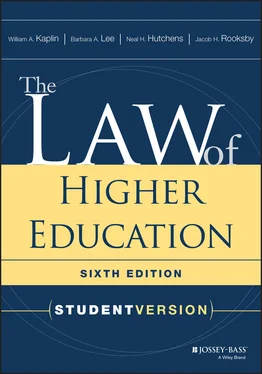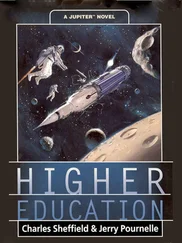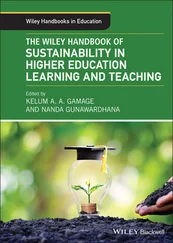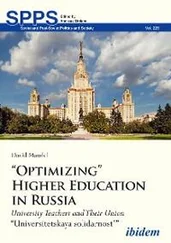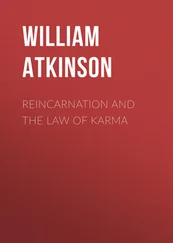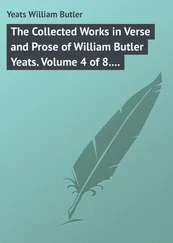The court addressed the nature of the student-institution relationship in its analysis of whether a special relationship existed between the university and its professors, on the one hand, and the student on the other. If a special relationship existed, the court explained, then there could have been a duty to prevent the student's suicide.
Citing the Restatement (Second) of Torts § 314A, the court explained that if a defendant does not know nor should have known that the individual had attempted or was contemplating suicide, the defendant would not be liable. Noting that universities “are not bystanders or strangers in regards to their students” (96 N.E.3d at 140), they “are not responsible for monitoring and controlling all aspects of their students' lives” (96 N.E.3d at 141). The court also noted that students are adults and that university recognition of their right to autonomy and privacy is appropriate. The court noted that the privacy of mental health records in particular is both important and protected by law (see the discussion of FERPA in Chapter 8of this book).
The court enumerated several factors that are used to determine whether a special relationship exists such that there is a duty to prevent a suicide. First, could a defendant reasonably anticipate harm to the plaintiff from failing to take protective action? Second, was there reasonable reliance by the plaintiff on the defendant such that others who might attempt to help were impeded? Third, the degree of certainty of harm to the plaintiff; fourth, the burden on the defendant to take reasonable steps to prevent the injury; fifth, mutual dependence of the plaintiff and defendant on each other; sixth, moral blameworthiness of the defendant's conduct in failing to act; and seventh, social policy considerations involved in placing the economic burden of the loss on the defendant.
The court concluded that
a university has a special relationship with a student and a corresponding duty to take reasonable measures to prevent his or her suicide in the following circumstances. Where a university has actual knowledge of a student's suicide attempt that occurred while enrolled at the university or recently before matriculation, or of a student's stated plans or intentions to commit suicide, the university has a duty to take reasonable measures under the circumstances to protect the student from self-harm [96 N.E.3d at 142–43].
The court further explained that the duty is created by foreseeability of the student's intent to commit suicide. “Nonclinicians are…not expected to discern suicidal tendencies where the student has not stated his or her plans or intentions to commit suicide… The duty is not triggered merely by a university's knowledge of a student's suicidal ideation without any stated plans or intentions to act on such thoughts” (96 N.E.3d at 144).
The court concluded that no duty had been created in this case. Nguyen had not told any MIT staff that he had “stated plans or intentions” to commit suicide, and his earlier suicide attempts, about which his professors were unaware, had occurred more than a year before he matriculated at MIT. None of the student's medical providers considered him suicidal, and his professors, who were not trained clinicians, could not be expected to intuit his intent. Therefore, no special relationship was created, and the court affirmed the lower court's award of summary judgment to the defendants on the tort claims.
Similarly, an Ohio appeals court concluded that Wright State University did not have a special relationship with a student who committed suicide because the student did not rely on the university. Reliance on the institution by a student to protect him from harm, including self-harm, is a required element of the special relationship analysis. In Connor v. Wright State University , 2013 Ohio App. LEXIS 5988 (Ct. App. Ohio Dec. 24, 2013), the parents of a student who committed suicide sued the university after their son inhaled a lethal dose of helium. Their son, Nathan, had attempted suicide two months earlier; on the second occasion when the university police received an anonymous call that Nathan was preparing to commit suicide by inhaling helium, the police went to his residence and spoke with him. Nathan assured them that he did not plan to commit suicide and that the helium was intended to blow up balloons for a party. The police determined that Nathan was not at risk and left. The court rejected the parents' claim.
A widespread misconception among college administrators is that the Family Educational Rights and Privacy Act (FERPA, discussed in Chapter 7) prevents college administrators from contacting parents or other relatives, or other college staff, if a student is threatening suicide. FERPA contains an exception for emergencies, including those involving health and safety. Furthermore, there is no private right of action under FERPA since the decision of the U.S. Supreme Court in Doe v. Gonzaga University . Therefore, a proactive stance could both save the lives of students and protect the institution against legal liability.
3.2.3 Educational malpractice and related claims.Another potential source of negligence liability, albeit a generally unsuccessful one for plaintiffs, is the doctrine of “educational malpractice.” The claim arises from the duty assumed by a professional not to harm the individuals relying on the professional's expertise.
Although courts often sympathize with students who claim that they have not learned what they should have learned or that their professors were negligent in teaching or supervising them, courts have been reluctant to create a cause of action for educational malpractice. In Ross v. Creighton University , 740 F. Supp. 1319 (N.D. Ill. 1990), the trial judge dismissed the claim by a former athlete that the university had negligently failed to educate him, although it did allow a contract claim to survive dismissal. Asserting that the university's curriculum was too difficult for him, the former basketball player argued that Creighton had a duty to educate him and not simply allow him to attend while maintaining his athletic eligibility. The judge disagreed, ruling that the student was ultimately responsible for his academic success. The appellate court affirmed (957 F.2d 410 (7th Cir. 1992)).
Individuals claiming to have been harmed by students whose instruction was inadequate have also failed in their claims of educational malpractice. In Moore v. Vanderloo , 386 N.W.2d 108 (Iowa 1986), the plaintiff was a patient injured by a chiropractor trained at Palmer College of Chiropractic. The patient sued the college, claiming that the injuries were a result of the chiropractor's inadequate training. After reviewing cases from other jurisdictions, the Iowa Supreme Court decided against permitting a cause of action for educational malpractice.
The court gave four reasons for its decision:
1 There is no satisfactory standard of care by which to measure an educator's conduct.
2 The cause of the student's failure to learn is inherently uncertain, as is the nature of damages.
3 Permitting such claims would flood the courts with litigation and would thus place a substantial burden on educational institutions.
4 The courts are not equipped to oversee the day-to-day operation of educational institutions.
Citing Moore , a Missouri appellate court awarded summary judgment to a flight school that was sued for negligence after a plane, piloted by a student trained at the school, crashed, killing him and four passengers. The court in Dallas Airmotive v. Flightsafety International, Inc ., 277 S.W.3d 696 (Mo. Ct. App. 2008) characterized the lawsuit, brought by the relatives of the individuals killed in the crash, as a claim for educational malpractice and stated that there was no duty on the school's part to protect students from harm related to negligent instruction. An Ohio appellate court refused to consider educational malpractice claims as well ( Trutschel v. Kettering Medical Center , 2009 Ohio App. LEXIS 2862 (Ohio Ct. App. July 2, 2009)).
Читать дальше
